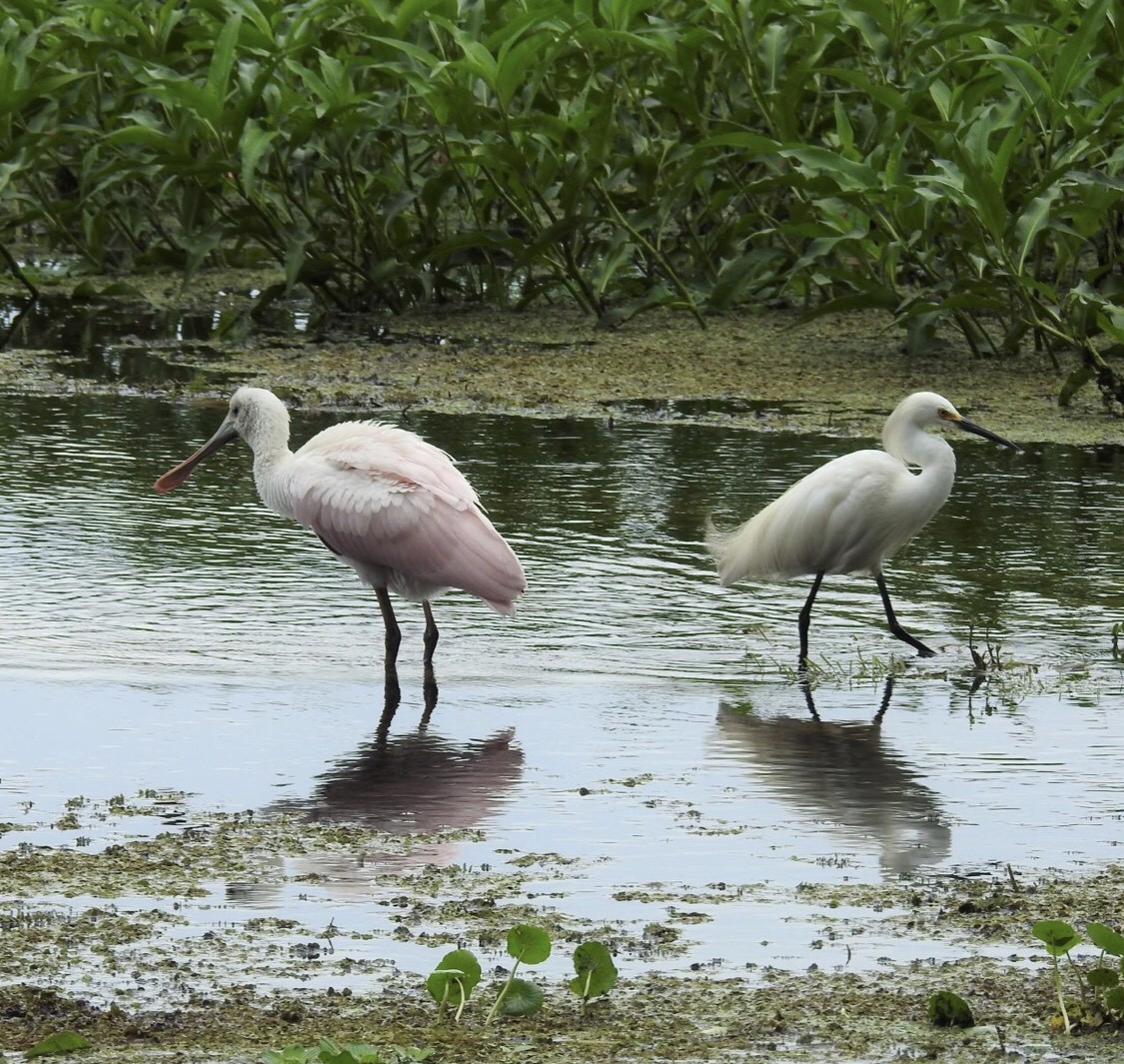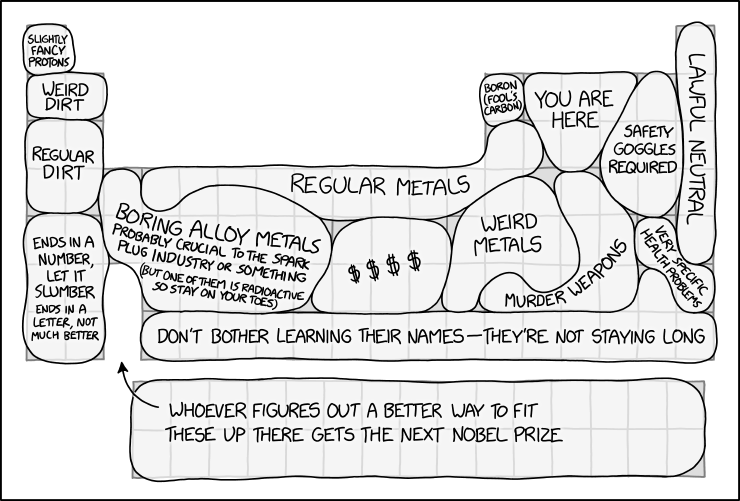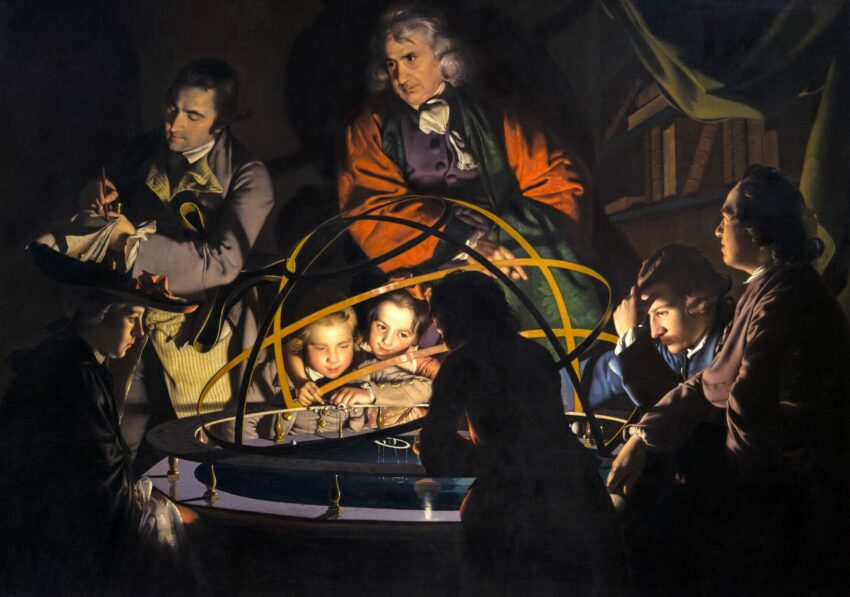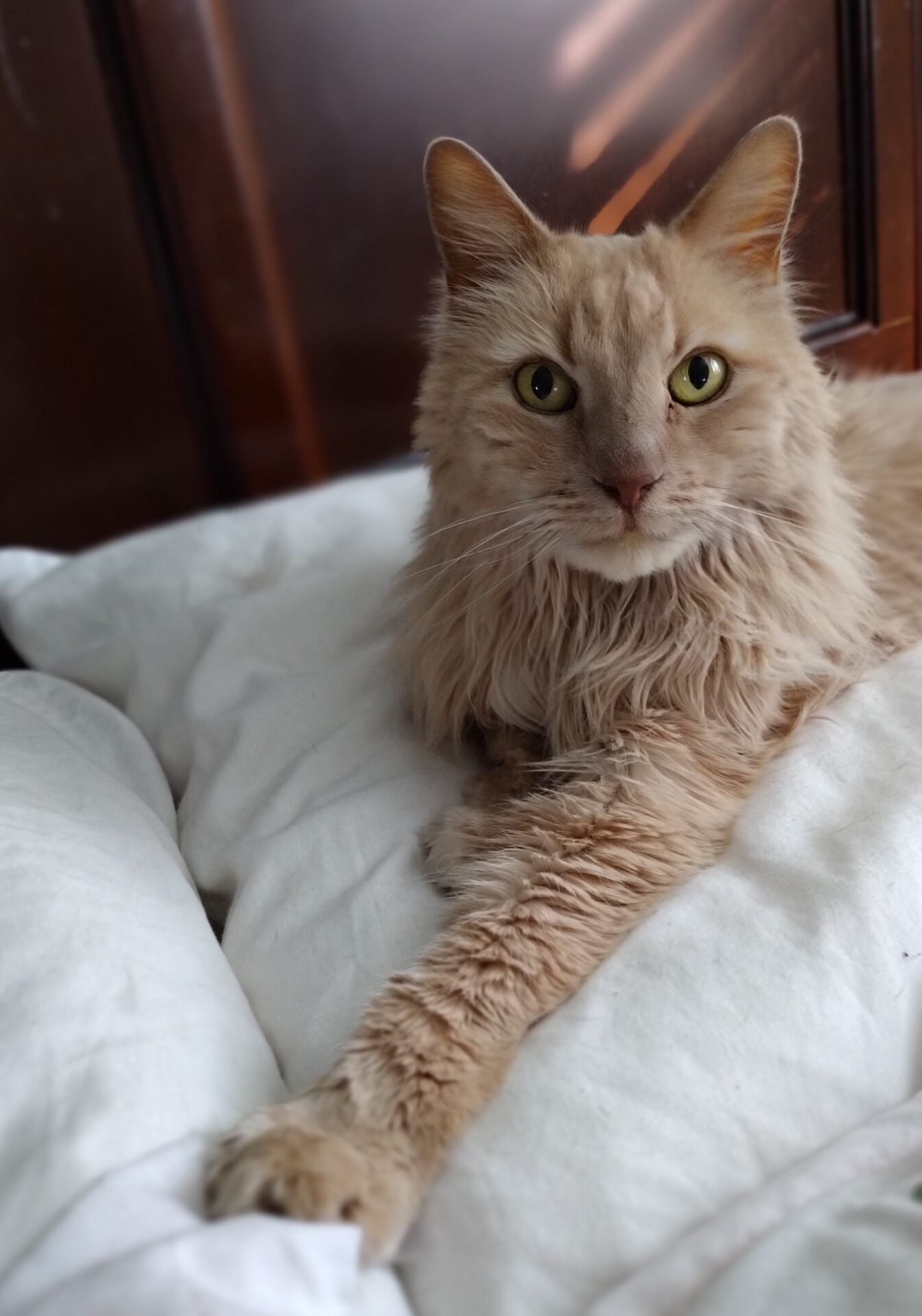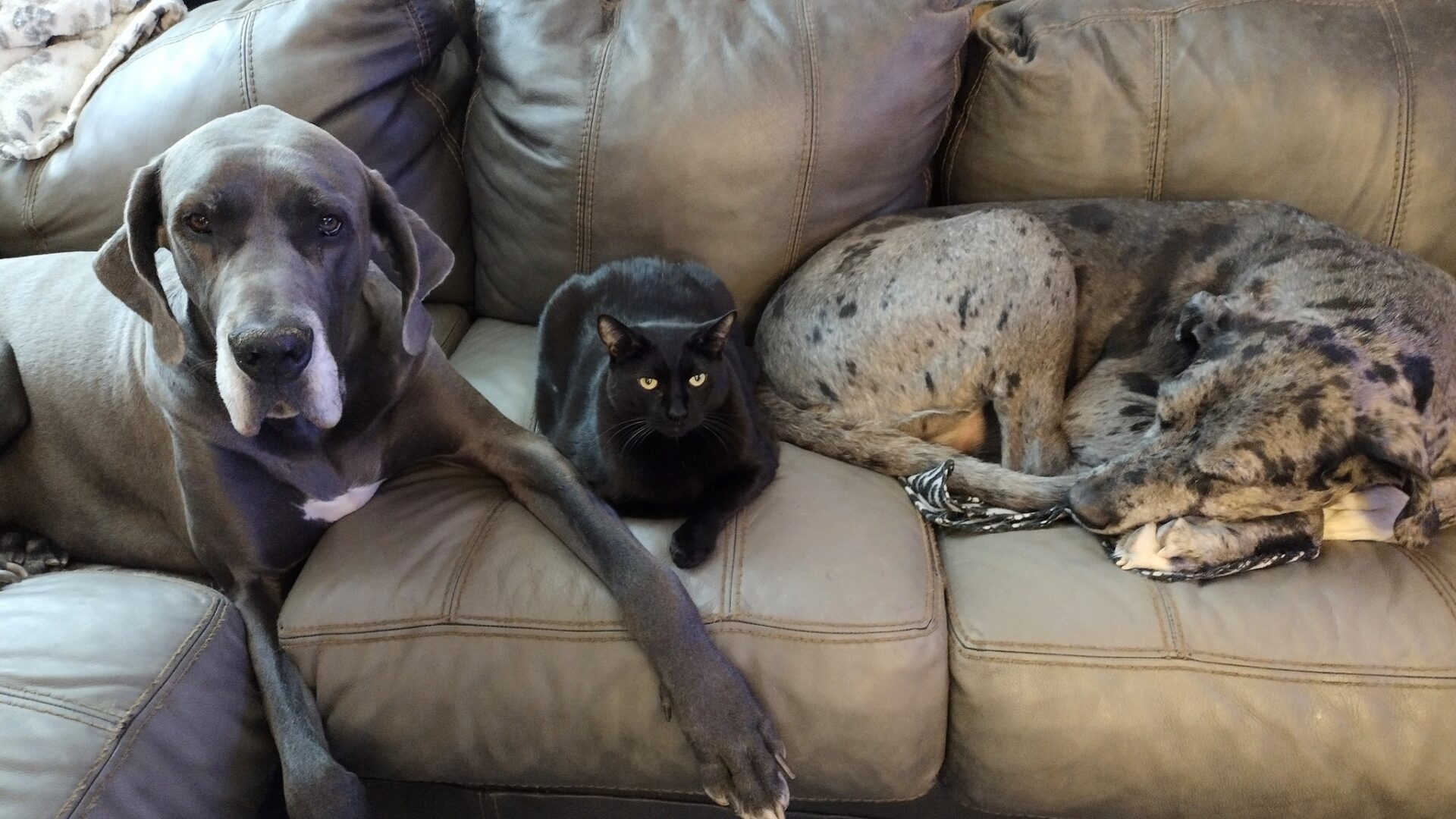New York City’s celebrity owl Flaco died from a traumatic impact, zoologists confirmed, a day after he reportedly flew into a building. There is further testing planned to determine if the Eurasian eagle-owl may have been sick. pic.twitter.com/EEUy6OdZhO
— The Associated Press (@AP) February 27, 2024
Flaco, New York’s famous owl, had rat poison in his system when he died https://t.co/qGJuyizUzo
— Jeffrey Levin 🇺🇦 (@jilevin) March 27, 2024
New York City has always had a soft spot for a louche European with a reputation as an apex predator… Although, actually, Flaco was born (at a captive bird park) in North Carolina. He lived twelve years in a small enclosure, and might’ve lived another forty there, but thirteen years is a good lifespan for eagle owls in the wild even in their natural habitat. Per the Washington Post:
After Flaco the owl escaped a vandalized cage at the Central Park Zoo and became a local celebrity last year, animal experts warned the public of the risks the bird faced in the wild. On Monday [March 25th], the Wildlife Conservation Society, which oversees New York’s Central Park Zoo, announced that those hazards led to Flaco’s death.
Flaco died last month after an apparent collision with a building on the Upper West Side. A necropsy exam later revealed that at the time of his death, Flaco had a herpesvirus from eating feral pigeons and had consumed four rodenticides used for rat control, the Wildlife Conservation Society said in a statement.
Paul Calle, the Wildlife Conservation Society’s chief veterinarian, told The Washington Post that the virus, the rat poisons and the injuries Flaco suffered after flying into a building might have all contributed to the 13-year-old Eurasian eagle owl’s death.
“Sadly, they’re all things that we’ve seen in the past,” Calle said. “They’re kind of some of the risks that wildlife have when they live in the city.”
Flaco was transferred to the Central Park Zoo in 2010 after he was born at a North Carolina bird park. The owl lived there for nearly 12 years until someone cut the steel mesh of his exhibit in February 2023.
While zoo staff found Flaco and started tracking him, they were unable to capture him with bait and owl-call recordings. The New York Police Department posted on social media that Flaco even evaded officers. Zoo officials were initially worried the owl wouldn’t find food in the wild, but witnessed Flaco hunting and eating prey in Central Park within days of his escape…
The Wildlife Conservation Society said in a statement at the time that the person who damaged Flaco’s exhibit was “responsible for his death.” A spokesman for the New York Police Department told The Post on Tuesday that officers are still searching for the perpetrator.
Eurasian eagle owls, which are native to Europe, Asia and the Middle East, typically live for one or two decades in the wild and up to 60 years in captivity, said Jessica Wilson, the executive director of New York City Audubon, a group that protects wild birds…
Wilson told The Post that rodenticides can cause muscle weakness and hemorrhages when consumed by birds, and those side effects might have caused Flaco to fly into a building.
“The minute he flew out of the Central Park Zoo, he was presented with so many different threats — threats that wild birds face every day,” Wilson said. “And it was really just a matter of time before one or multiple of those threats did him in.”
<em>Requiescat in pace</em>, Flaco (Junk Food’ll Kill Ya)Post + Comments (20)

